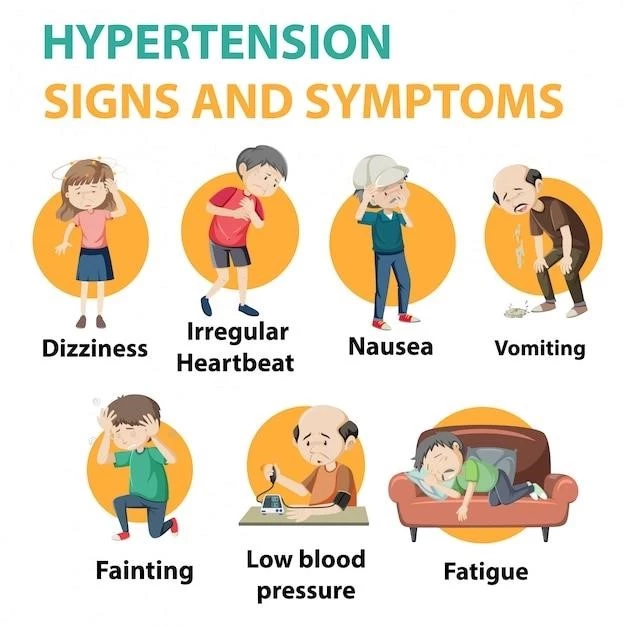What is Silicosis?
Silicosis is a form of occupational lung disease caused by inhalation of crystalline silica dust. It is marked by inflammation and scarring in the form of nodular lesions in the upper lobes of the lungs.
Silicosis is a form of occupational lung disease caused by inhalation of crystalline silica dust. It is marked by inflammation and scarring in the form of nodular lesions in the upper lobes of the lungs. The disease can result in shortness of breath, coughing, fever, and bluish skin discoloration. Silica exposure in industries like mining and engineering stone poses a significant risk. This global issue presents challenges in early diagnosis and effective treatment, leading to long-term complications and societal burdens.
Overview of Silicosis
Silicosis is a progressive occupational lung disease caused by inhaling crystalline silica dust, leading to lung inflammation and scarring. The disease presents varied clinical manifestations and poses significant challenges in early detection and management.
Silicosis is predominantly caused by prolonged exposure to silica dust in various industries like mining, construction, and manufacturing processes. Inhalation of crystalline silica particles leads to lung damage, inflammation, and scarring over time, affecting respiratory function. Workers in these sectors should prioritize proper personal protective equipment and adhere to safety protocols to minimize silica exposure and reduce the risk of developing silicosis.
Silica Dust Exposure
Silica dust exposure occurs primarily in industries like mining, construction, and manufacturing, where workers inhale tiny crystalline silica particles. This exposure leads to lung damage, inflammation, and scarring, causing the development of silicosis over time. Recognizing the risks associated with silica dust exposure is crucial in preventing the progression of this occupational lung disease.
Early recognition of silicosis signs is crucial for timely intervention and management. Symptoms such as chronic cough, shortness of breath, chest pain, and respiratory infections should not be ignored, especially in individuals with a history of silica exposure. Diagnostic tests like chest X-rays and pulmonary function tests play a key role in confirming the presence of silicosis. Seeking medical attention promptly upon observing these signs can lead to better outcomes and quality of life.
Recognizing Silicosis Signs
Early recognition of silicosis signs is crucial for timely intervention and management. Symptoms like persistent cough, shortness of breath, and chest pain, especially in individuals with a history of silica exposure, should prompt immediate medical attention. Diagnostic tests such as chest X-rays and pulmonary function tests play a vital role in confirming the presence of silicosis. Seeking medical advice at the onset of these signs can lead to better outcomes and improved quality of life.
Approaches to Slow Down Progression
To slow down the progression of silicosis, individuals should prioritize avoiding further exposure to silica and other lung irritants. Measures such as using bronchodilators, oxygen therapy, and engaging in pulmonary rehabilitation can help manage symptoms and improve quality of life. Additionally, vaccination against flu and pneumonia is recommended to prevent complications and support overall respiratory health. Seeking medical guidance for personalized treatment approaches is essential in managing silicosis effectively.

Prevention Strategies
Preventing silicosis entails reducing exposure to silica dust by implementing proper ventilation, using personal protective equipment like respirators, and following recommended safety protocols. It is crucial for workers in high-risk industries to undergo regular health screenings and adhere to workplace regulations to minimize the risk of developing silicosis. Education on the hazards of silica exposure and promoting a culture of safety are paramount in preventing this occupational lung disease.
Avoiding Silica Exposure
To minimize the risk of silicosis, individuals should focus on avoiding exposure to silica dust by using proper protective equipment like respirators and following safety guidelines in high-risk industries. Implementing engineering controls, such as ventilation systems, and practicing good hygiene to prevent inhalation of silica particles are essential steps in reducing the likelihood of developing silicosis. Education on the hazards of silica exposure and regular health screenings can help workers protect themselves from this occupational lung disease.

Complications and Prognosis
Understanding the complications of silicosis is crucial due to its progressive nature, leading to irreversible lung scarring and respiratory decline. The prognosis for individuals with silicosis may involve a gradual worsening of pulmonary function, potentially leading to respiratory failure. Early diagnosis and appropriate management are essential in improving outcomes and quality of life for those affected by this occupational lung disease.
Understanding Long-Term Effects
Recognizing the long-term effects of silicosis is crucial for individuals exposed to silica dust. Chronic inhalation of silica particles can lead to irreversible lung scarring, respiratory decline, and potential complications like tuberculosis and lung cancer. Understanding the progressive nature of silicosis and its impact on respiratory health is essential for preventive measures and timely intervention to mitigate long-term consequences.
Support and Resources
Accessing support and resources for silicosis can help individuals affected by the disease find guidance, information, and assistance. Organizations and online platforms provide valuable resources, support groups, and educational materials to help those with silicosis navigate their condition and connect with others facing similar challenges. Seeking support can offer emotional, educational, and practical assistance to improve the quality of life for individuals living with silicosis.
Accessing Help for Silicosis
Seeking assistance for silicosis is vital for individuals impacted by the condition. Access support groups, educational materials, and resources from organizations specializing in lung health to gain valuable insights and guidance. Utilize online platforms and community services to connect with others facing similar challenges and access tailored support for managing silicosis effectively. Don’t hesitate to reach out for help and information to enhance your quality of life while dealing with silicosis.
Global Impact of Silicosis
Silicosis presents a substantial global burden, affecting individuals in various industries worldwide. The disease’s societal and economic impacts underscore the importance of implementing preventive measures and providing comprehensive support to individuals with silicosis. Understanding the consequences of silicosis on a global scale highlights the need for collaborative efforts to raise awareness, improve working conditions, and enhance healthcare strategies to address this occupational lung disease.
Societal and Economic Burdens
Silicosis imposes significant socioeconomic burdens on individuals, families, and healthcare systems worldwide. The disease’s hidden onset and long latency period make early diagnosis and effective treatment challenging, ultimately resulting in long-term health complications and financial strains. The global impact of silicosis underscores the urgent need for preventive measures, robust healthcare infrastructure, and ongoing support for affected individuals to alleviate the societal and economic challenges associated with this occupational lung disease.
